Design of a low pass FIR filter to remove the white noise that has corrupted the message received
VerifiedAdded on 2021/11/19
|7
|495
|100
AI Summary
MR=load('MessageReceived.mat'); testData=MR.UNKNOWNSIGNAL(); Msig=abs(testData); t=1:length(Msig); figure(1) plot(Msig) grid on title('Corrupted Received Message y(n)') %Designing the Low Pass filter for FIR Mb=fir1(42,fc,chebwin(43,30) figure(2) freqz(Mb,1,Mb;length(
Contribute Materials
Your contribution can guide someone’s learning journey. Share your
documents today.
1 out of 7
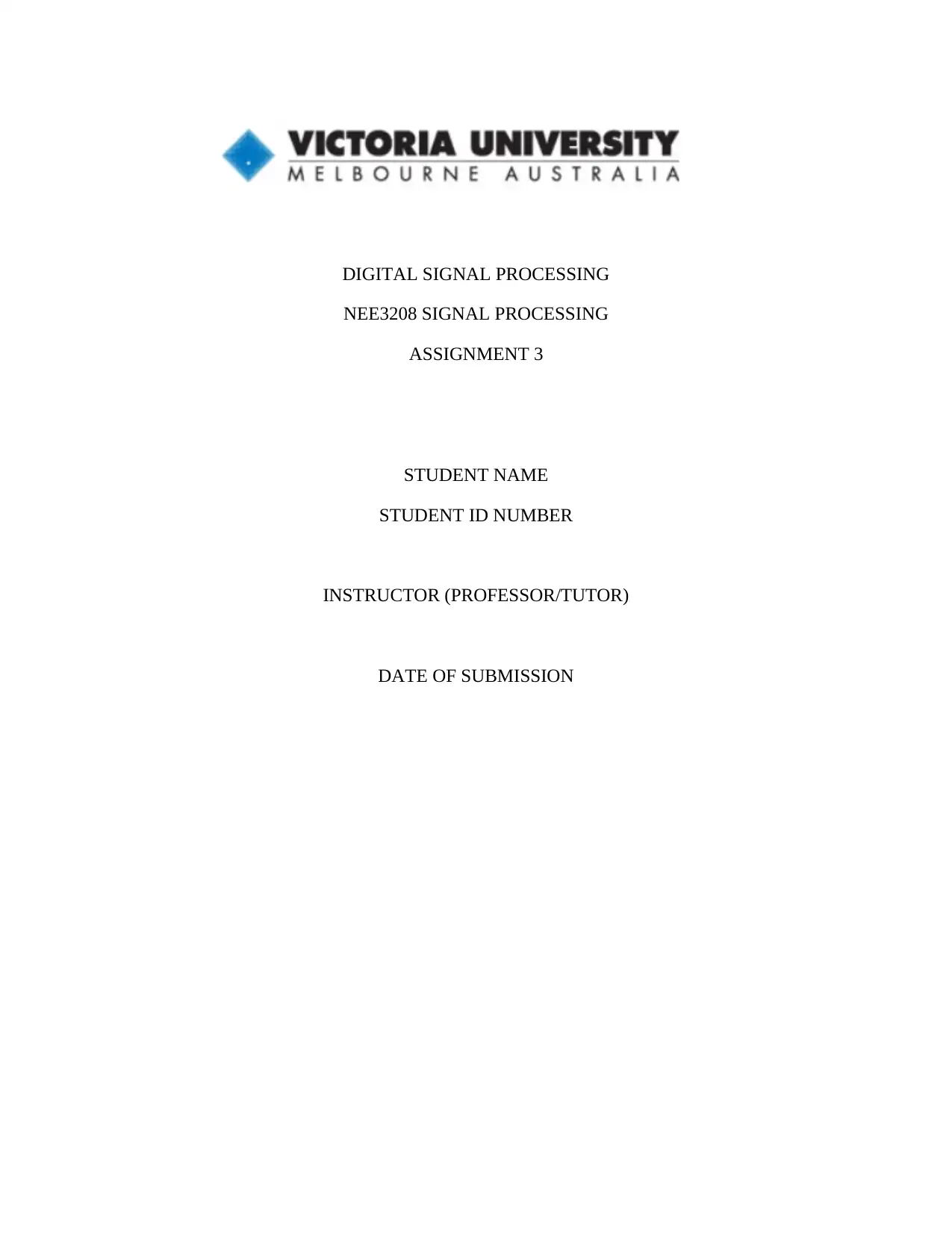
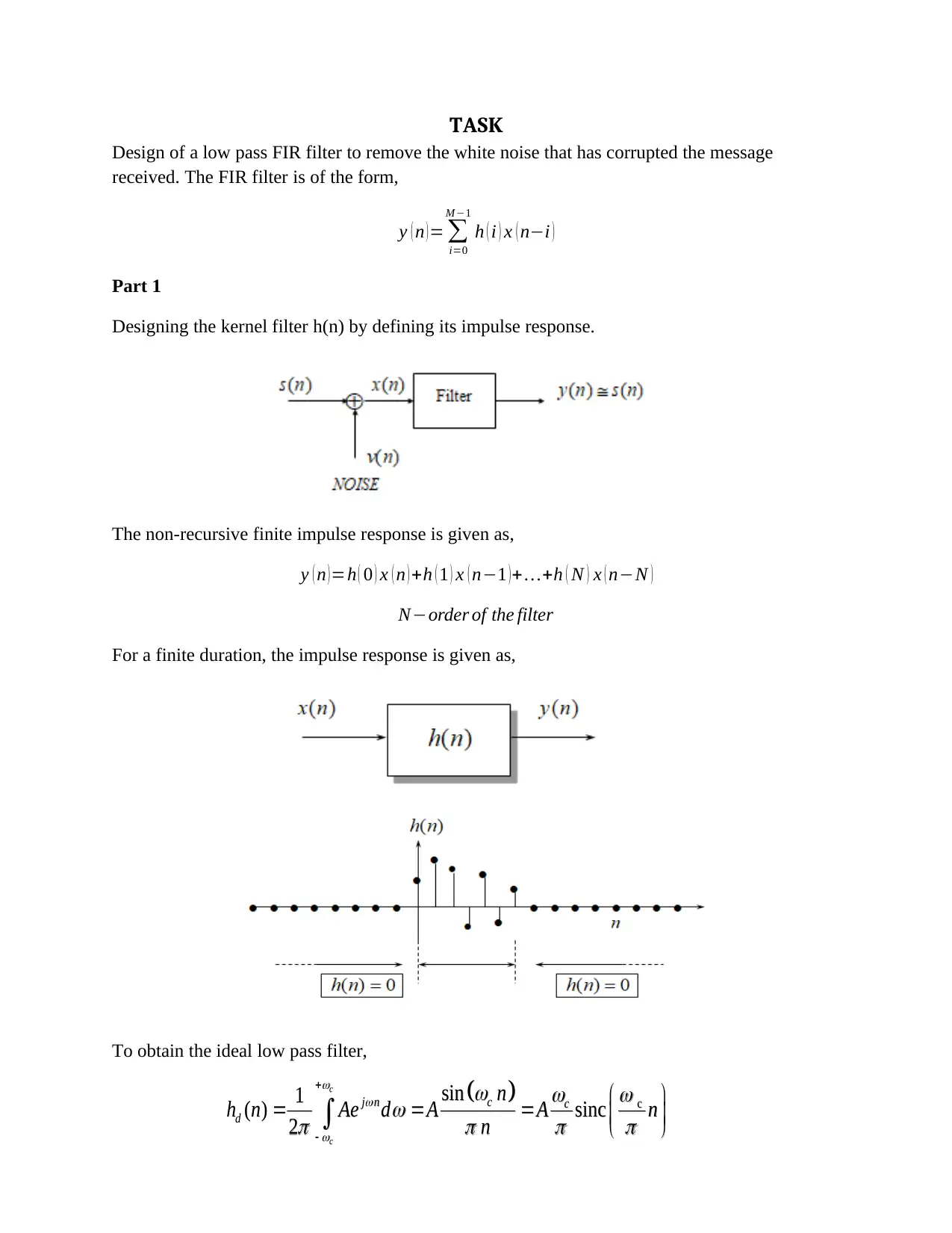
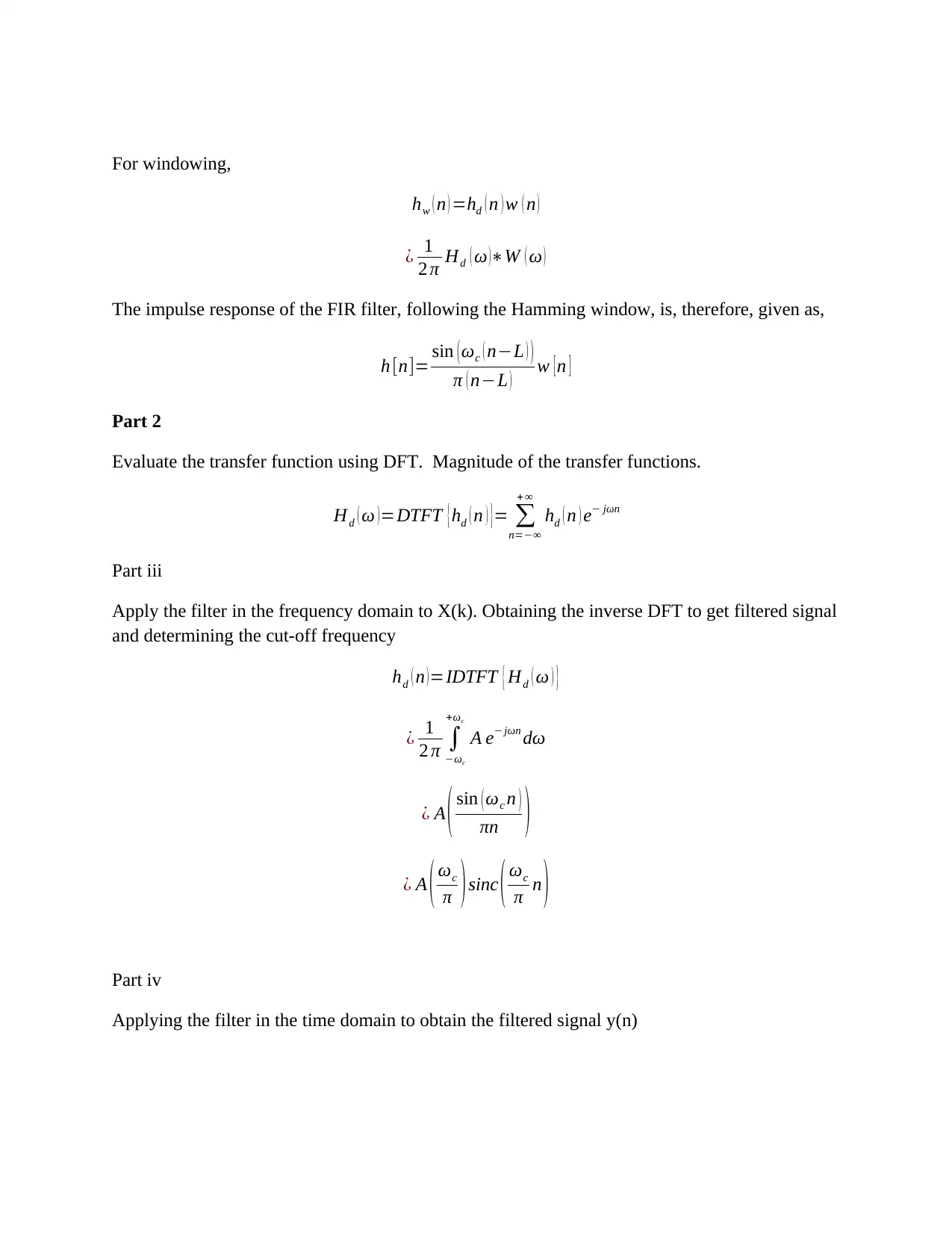
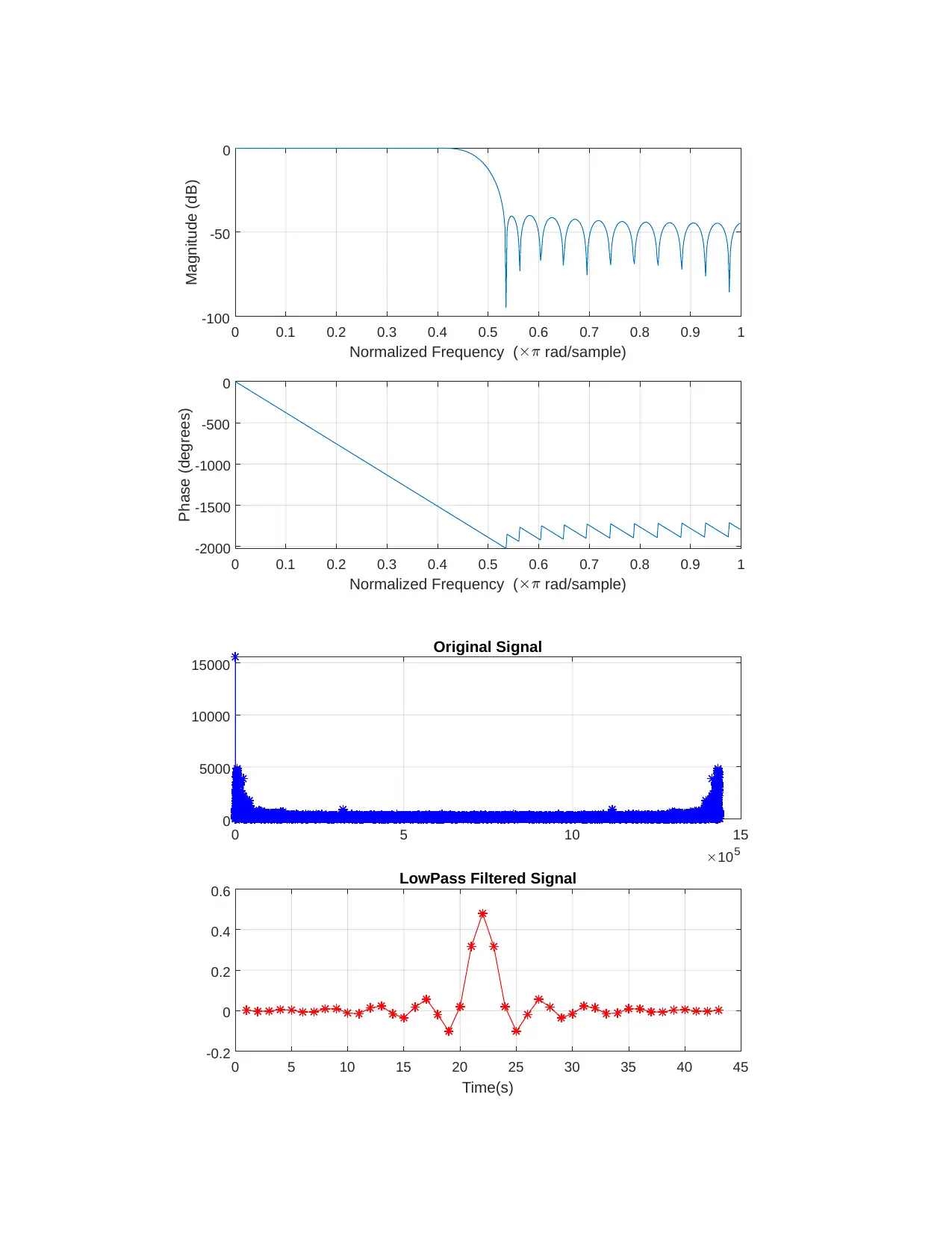
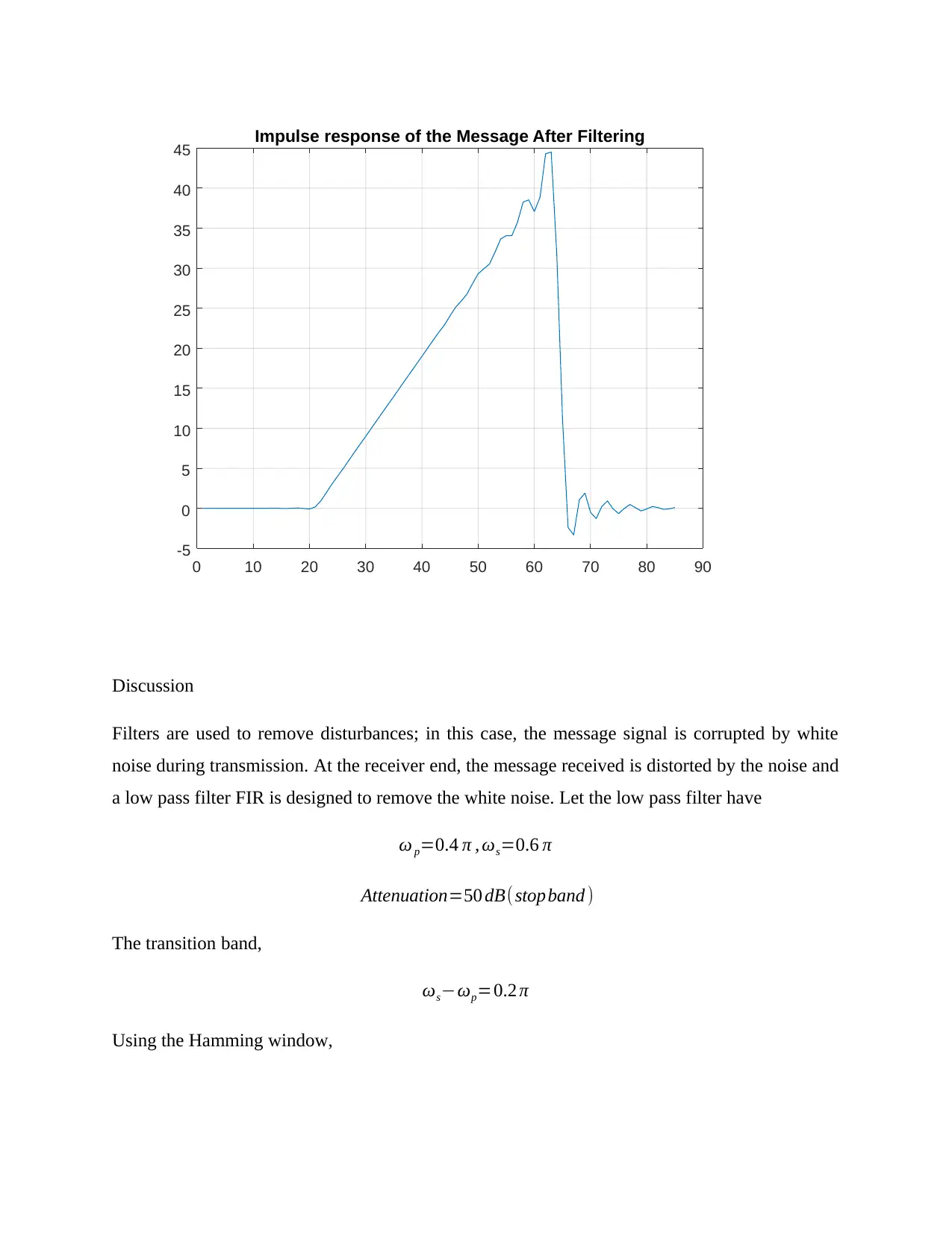
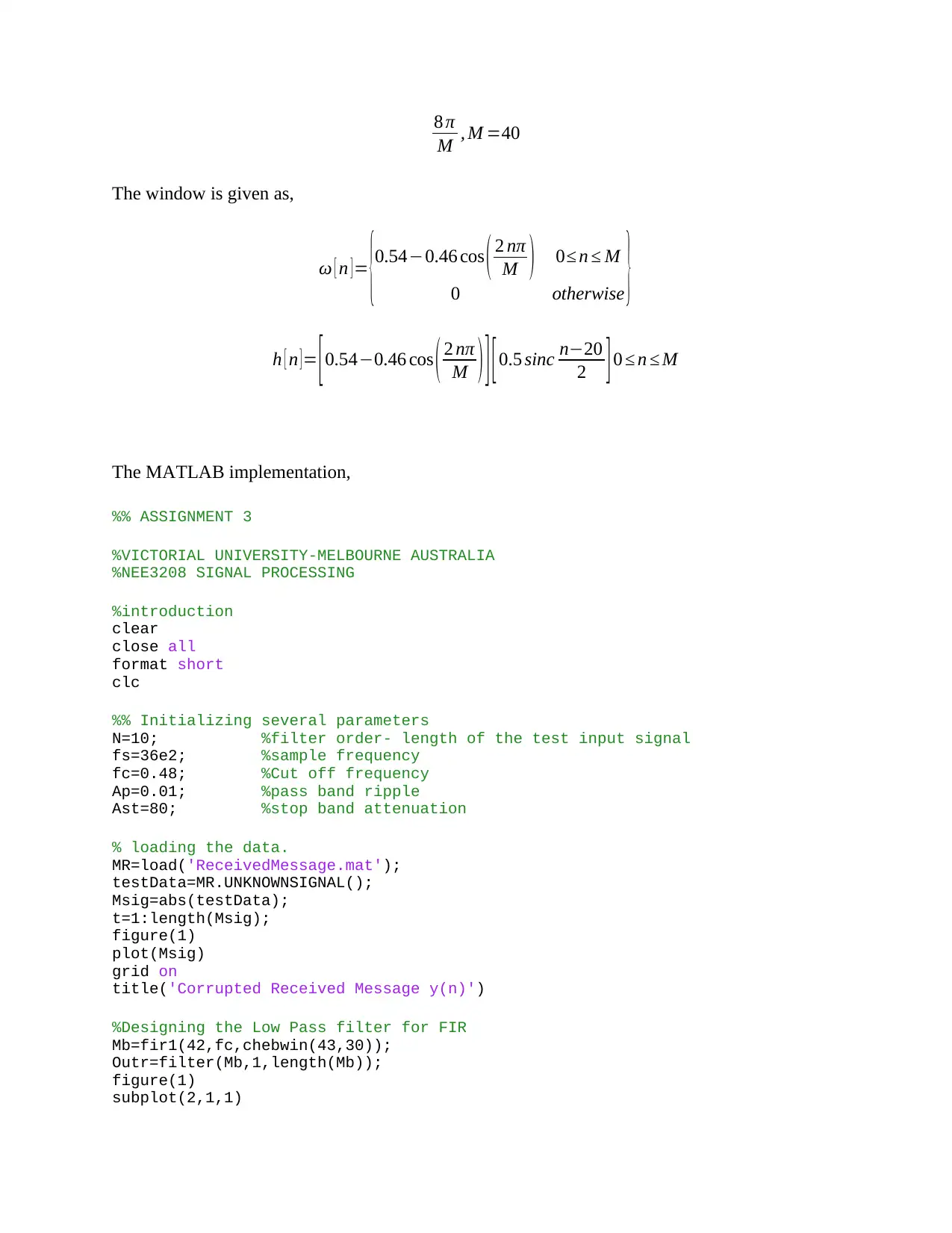
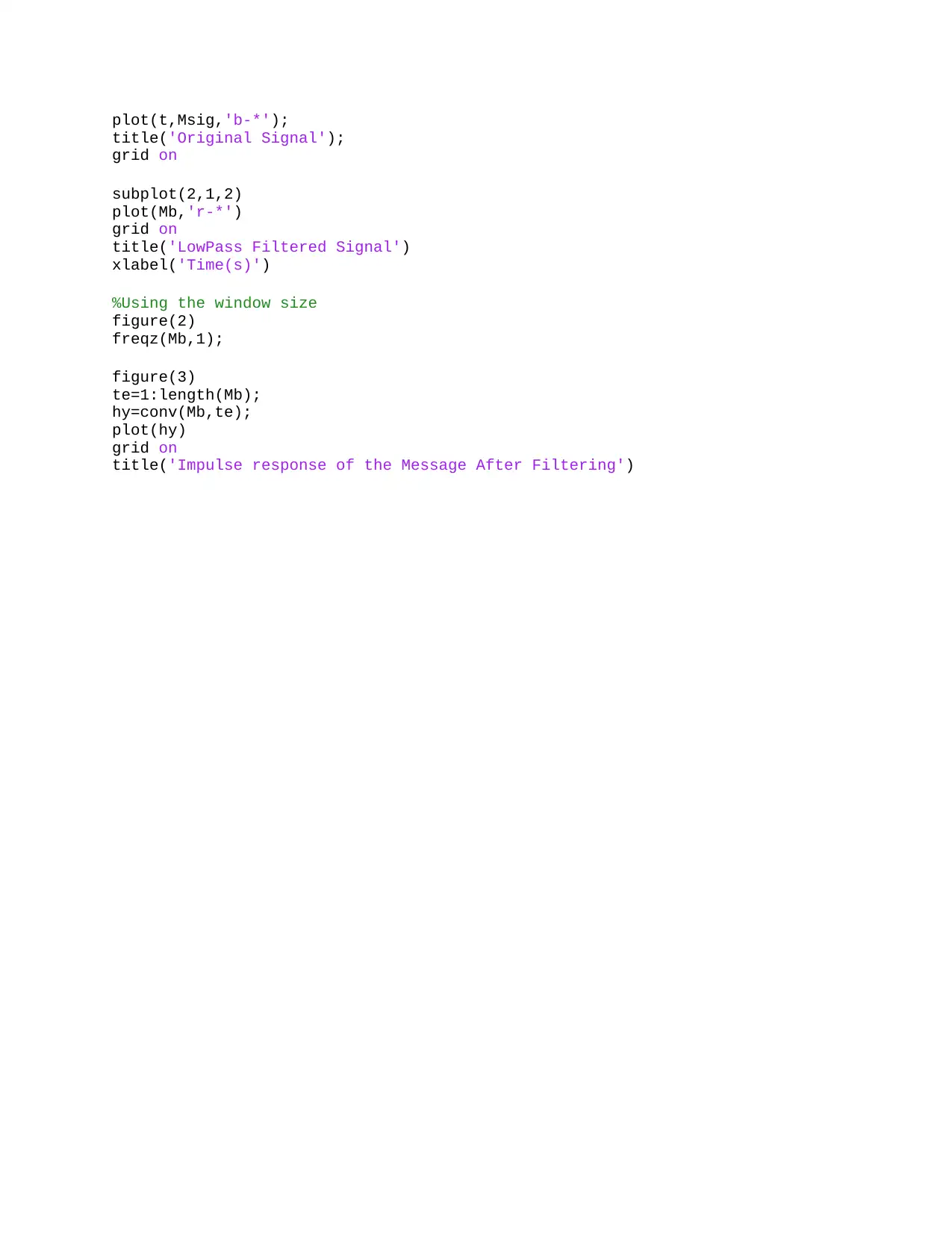


![[object Object]](/_next/static/media/star-bottom.7253800d.svg)